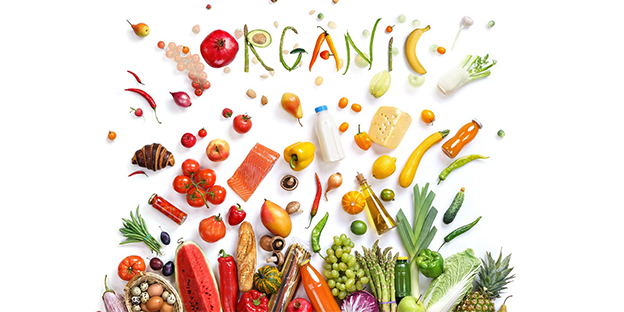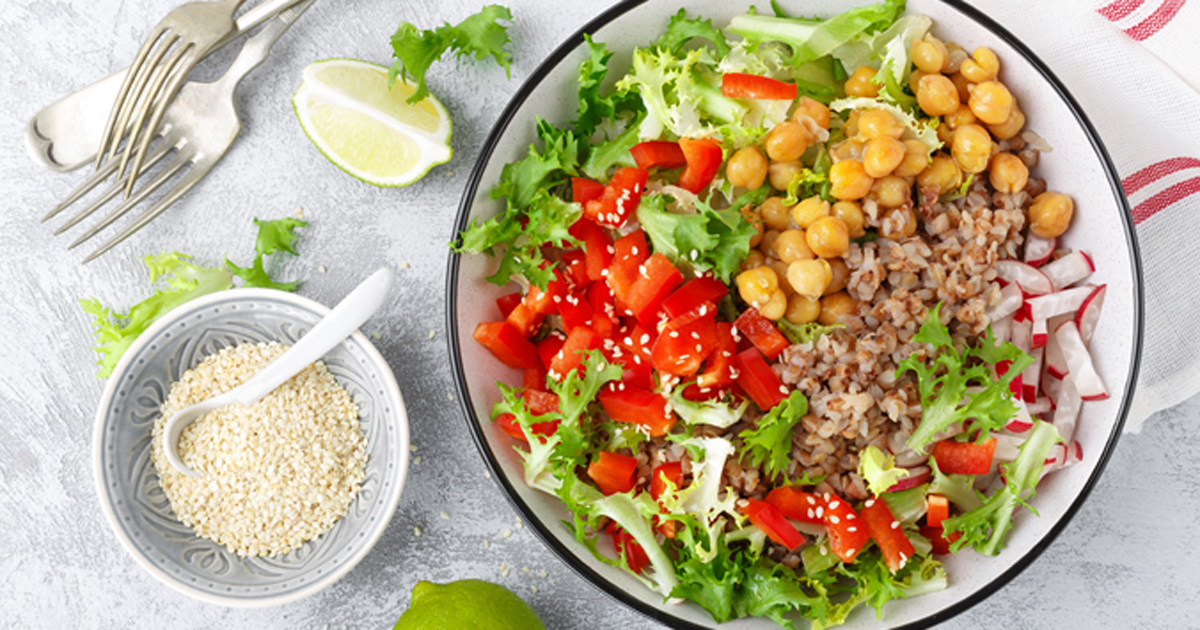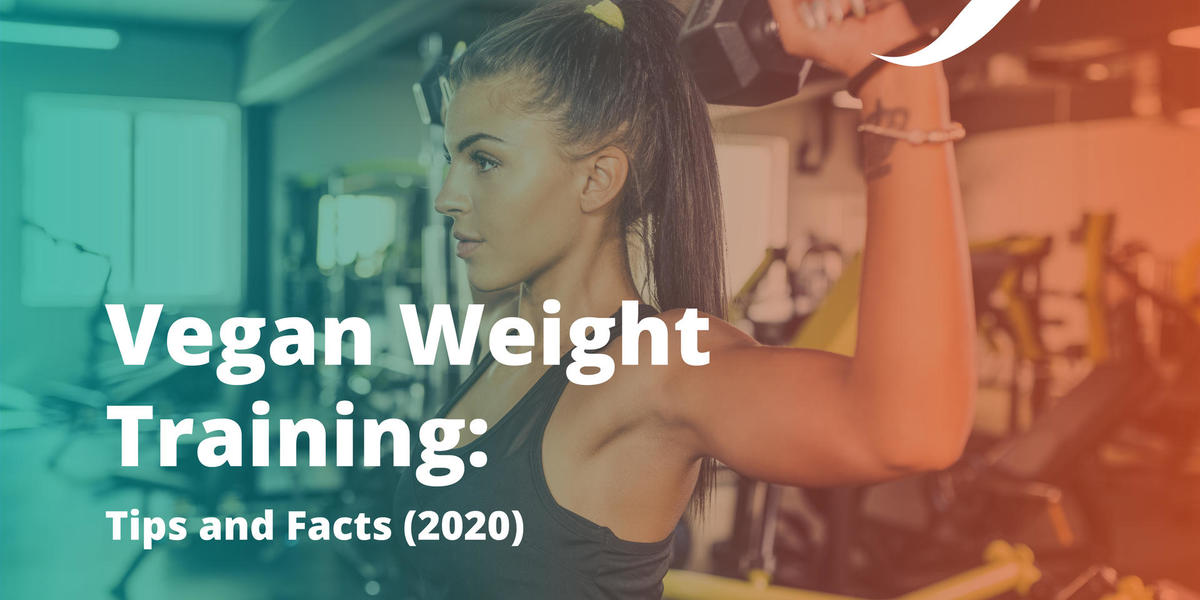
An ethical vegetarian doesn't mean avoiding meat or dairy products. These products have been associated with the human-animal relationship but they are not ethical. Meat and dairy products are wrongfully produced and are often associated with a human-animal relationship. Veganism does not have to be a requirement for ethical vegetarianism.
Meat can be wrongly manufactured
Although the Packers and Stockyards Act was established to curb meat abuse, the U.S. Department of Agriculture allowed foreign corporations to import and process American meat. It is possible for meat from overseas to be sold as "Product of the USA", if it has been labeled so.
Traditionally, dairy products have been associated with a human-animal relationship.
Many dairy products are associated with an animal-human relationship. But, dairy products may also pose a problem. Dairy farming is a sector that has been relatively innocuous historically. However, it is possible that this perception might change. Some studies have linked animal farming with higher social opposition.

Consumers' acceptance of modern dairy farming is affected by their beliefs and values. People who have been involved in farming are more likely to accept dairy farms. They also consider farm animals to be an issue. Information campaigns with general appeal may have little impact on social attitudes. However, targeted information that addresses fundamental principles can reduce consumers' concerns about modern animal breeding practices.
Veganism fulfills the requirements set forth in the Equality Act 2010.
A British judge has ruled that ethical veganism is compliant with the Equality and Human Rights Act 2010. Judge Robin Postle stated that veganism could be described as a philosophical belief. The Act protects it. Veganism must meet two conditions before it is eligible. It must be compatible with the principles of human dignity, and must not violate any fundamental rights.
Ethical veganism refers to the practice of not eating animal products, or supporting their use in research or production. Ethical veganism involves more than simply avoiding animal products. It can affect every aspect of your life.
It's possible to eat ethically while not being vegetarian
If you're considering eating vegetarianism but aren't sure whether it's for you, there are alternatives. As a vegan, you can still eat ethically and support local businesses without following a strict vegetarian diet. Some ethical omnivores eat less imported food to help their communities, although it's not advised.

Eating seasonally and minimizing food waste is another ethical way to eat. You can also sign up for a CSA, which is community-supported agriculture. Or you can grow your own food and compost food scraps. You can eat responsibly by learning about the environmental effects of food choices, and making informed choices. Also, consider the effects of your choices on animals and people who produce them.
FAQ
What is the difference between a calorie or a kilocalorie.
Calories are units used to measure the amount of energy in food. A calorie is a unit of measure. One calorie equals one degree Celsius of energy to heat 1 gram of water.
Kilocalories refer to calories in another way. Kilocalories can be measured in thousandsths of one calorie. For example, 1000 calories equals one kilocalorie.
Do I need calories to count?
Perhaps you are wondering what the best diet is for you. or "is counting calories necessary?" This depends on several factors like your current health and personal goals. Your preferences and overall lifestyle.
The Best Diet for Me - Which One is Right For You?
My current health, my personal goals and lifestyle will determine the best diet for me. There are many options, both good and bad. Some diets work well for some people and others do not. So what do I do? What can I do to make the right decision?
These are the questions that this article attempts to answer. It begins by briefly describing the different diets available today. Then, the pros and cons of each type of diet are discussed. We'll then discuss how to choose which one is best for you.
Let's look at some of the main types of diets to get started.
Diet Types
There are three main types: low fat, high proteins, and ketogenic. Let's take a look at them all below.
Low Fat Diets
A low fat diet is a diet that restricts the amount of fats consumed. This is achieved by reducing saturated fat intake (butter, cream cheese etc.). These fats can be replaced with unsaturated fats like avocados and olive oil. People who are looking to lose weight quickly and easily will benefit from a low-fat diet. This type of diet can lead to constipation and heartburn as well as indigestion. If a person doesn’t receive enough vitamins from their foods, this can lead to vitamin deficiency.
High Protein Diets
High protein diets restrict carbohydrates in favor of proteins. These diets often have higher levels of protein than most other diets. These diets are designed to build muscle mass and help you burn more calories. One problem is that they may not provide adequate nutrition to someone who needs it. They may also be too restrictive and not suitable for everyone.
Ketogenic Diets
The keto diet is also known as the keto diet. They are high in fat, moderately high in protein, and low in carbohydrates. These are often used by bodybuilders and athletes because they allow them the ability to train harder and for longer periods of time without feeling tired. But, they require strict adherence to avoid negative side effects like nausea, headaches, and fatigue.
Which are the top 10 foods you should eat?
The following are the 10 best foods to consume:
-
Avocados
-
Berries
-
Broccoli
-
Cauliflower
-
Eggs
-
Fish
-
Grains
-
Nuts
-
Oats
-
Salmon
How can my blood pressure be controlled?
It is important to first understand what high blood pressure is. Next, take steps that will reduce the risk. This could mean eating less salt, losing some weight, taking medication, and so on.
You also need to make sure you are getting enough exercise. If you don’t have enough time to exercise regularly, consider walking more often.
Consider joining a gym if your current exercise regimen is not satisfying you. You will probably join a gym that is open to other people with similar goals. It is easier to adhere to a fitness routine when someone else will be there with you.
Which lifestyle is best for your health?
Living a healthy lifestyle is one that encourages you to eat well, exercise regularly, get enough sleep, and avoids stress. This will ensure that you live a long healthy life.
It's easy to start small with your exercise and diet. You can lose weight by walking 30 minutes each day if you are looking to lose weight. If you're looking for a way to increase your activity, consider taking up swimming or dancing. An online fitness program, such as Strava and Fitbit, can help you track your activity.
How to measure body fat?
A Body Fat Analyzer can be used to measure body fat. These devices are used for measuring the percentage of body fat in people who want to lose weight.
Here are five ways to lead a healthy lifestyle.
Are there 5 ways to have a healthy lifestyle?
Healthy living means eating right, exercising regularly and getting enough sleep. It also involves managing stress and having fun. Healthy eating means avoiding sugary and processed foods. Exercise burns calories and strengthens the muscles. Sleeping enough can improve memory and concentration. Stress management can reduce anxiety and depression. Fun is the key to keeping us healthy and happy.
Statistics
- WHO recommends reducing saturated fats to less than 10% of total energy intake; reducing trans-fats to less than 1% of total energy intake; and replacing both saturated fats and trans-fats to unsaturated fats. (who.int)
- The Dietary Guidelines for Americans recommend keeping added sugar intake below 10% of your daily calorie intake, while the World Health Organization recommends slashing added sugars to 5% or less of your daily calories for optimal health (59Trusted (healthline.com)
- In both adults and children, the intake of free sugars should be reduced to less than 10% of total energy intake. (who.int)
- According to the 2020 Dietary Guidelines for Americans, a balanced diet high in fruits and vegetables, lean protein, low-fat dairy and whole grains is needed for optimal energy. (mayoclinichealthsystem.org)
External Links
How To
How to Live A Healthy Lifestyle
Healthy lifestyle means you can maintain your weight, health, and fitness. This lifestyle includes healthy eating habits, regular exercise, adequate sleep, and abstaining from drugs, alcohol, caffeine, tobacco and other harmful substances. Healthy lifestyles help you to feel great about yourself, stay active, and be healthy. Healthy lifestyles can also reduce the risk of chronic diseases, such as stroke, heart disease, diabetes, cancer, osteoporosis and arthritis.
This project had the main objective of providing a step-by–step guide to living a healthier lifestyle. The introduction of the project was the first. This describes what a healthy lifestyle looks like, why it is important, and who we are. I then wrote the body paragraphs. They contain various tips for how to maintain a healthy lifestyle. Finally, I wrote the conclusion. It summarises the entire article and offers additional resources, if needed.
I was able to learn how concisely and clearly I could write my paragraphs through this assignment. I learned how topic sentences and supporting details were organized. Moreover, I improved my research skills because I had to find specific sources and cite them properly. I also learned proper grammar for writing.